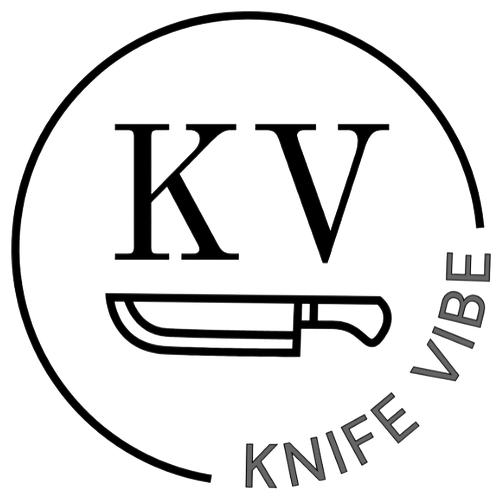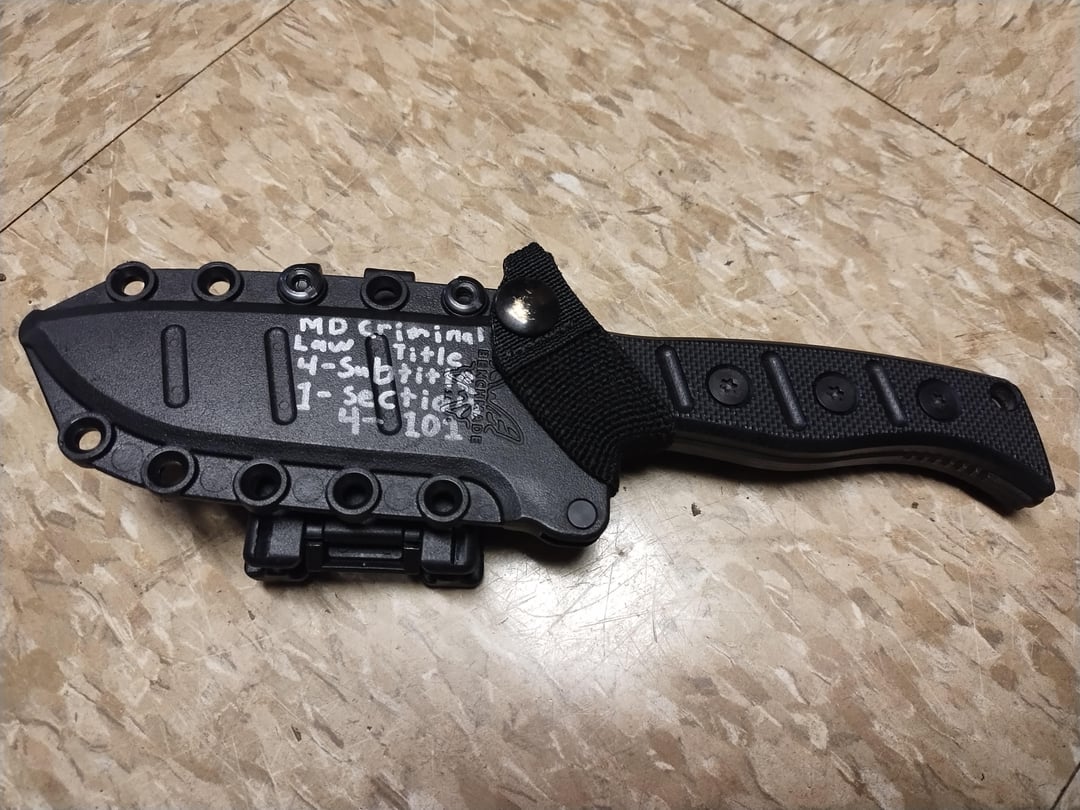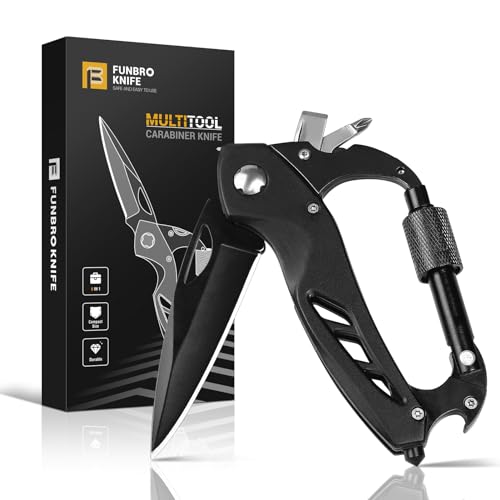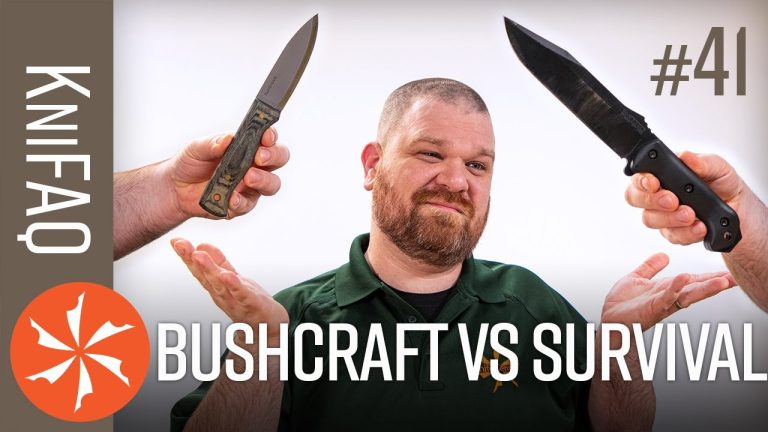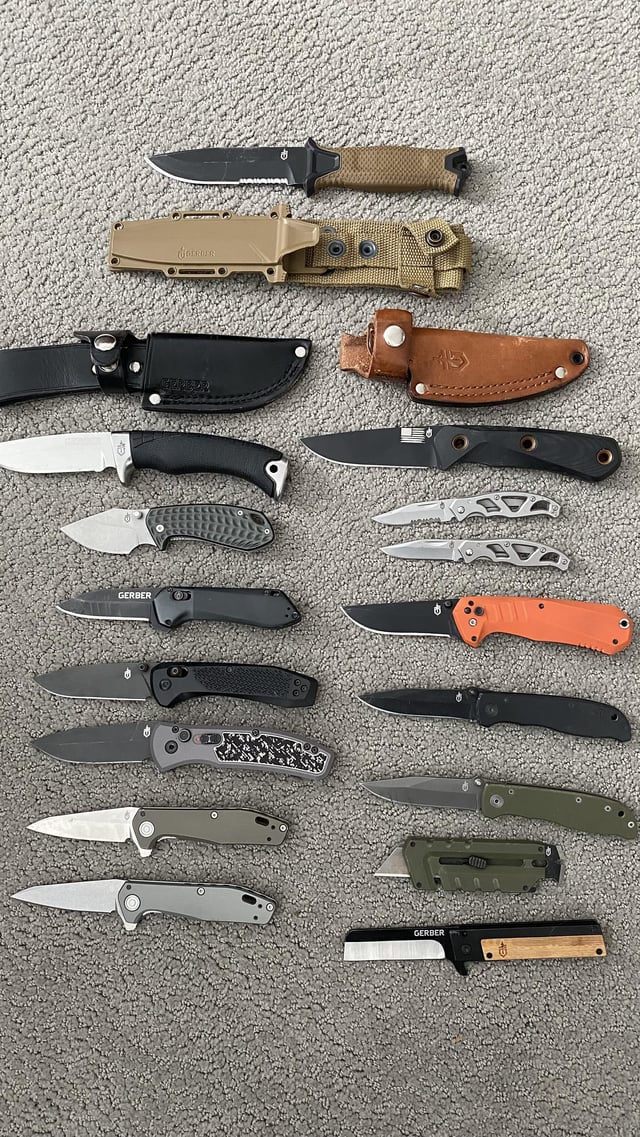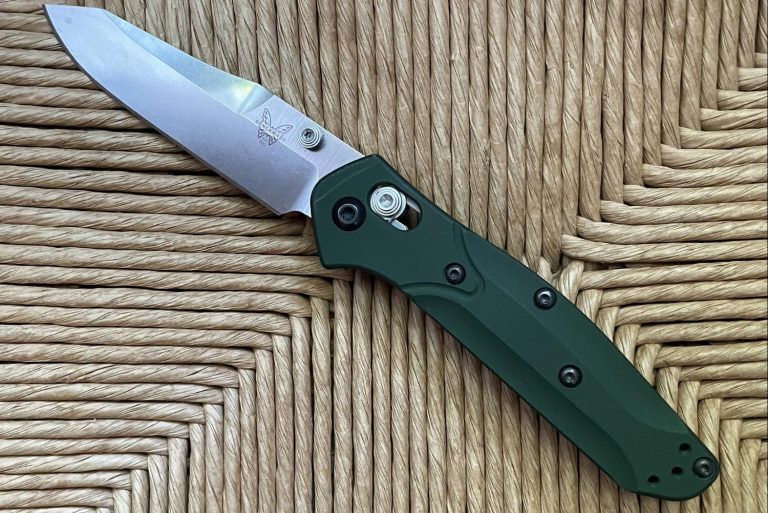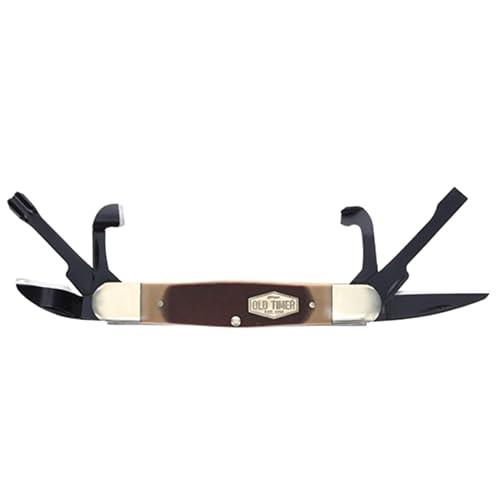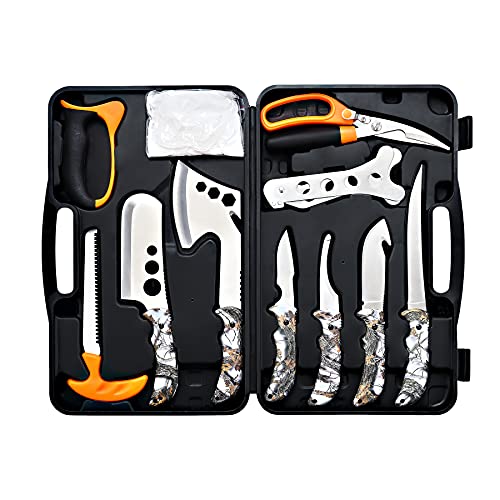Dirk Vs Dagger: Unveiling the Differences and Uses
Dirk and dagger are both types of knives. They have unique histories and uses.
Choosing between a dirk and a dagger can be tricky. Both knives have distinct features and serve different purposes. Dirks are typically longer and have a rich history in Scottish culture. Daggers, on the other hand, are shorter and often double-edged.
Understanding the differences can help you make an informed decision. In this blog post, we’ll explore their characteristics, origins, and typical uses. By the end, you’ll have a clearer idea of which knife suits your needs best. Dive in to discover the unique attributes of dirks and daggers.

Credit: knifeup.com
Introduction To Dirks And Daggers
Dirks and daggers are fascinating edged weapons. Both have unique histories and cultural significances. This section explores the origins and cultural impact of these two weapons.
Origins
Dirks originated in Scotland. They were popular among Scottish Highlanders. These long thrusting daggers were often used in battle. Dirks evolved from earlier medieval daggers.
Daggers have a more varied history. They date back to ancient civilizations like Egypt and Mesopotamia. They were used for combat and ceremonial purposes. Daggers evolved through the ages, adapting to different cultures and needs.
Cultural Significance
Dirks hold a special place in Scottish culture. They symbolize bravery and honor. Highland warriors carried them as a secondary weapon. They also wore them during formal events and ceremonies.
Daggers have diverse cultural significance. In ancient Egypt, they were buried with the dead as a symbol of power. In medieval Europe, knights used them in battle and as a status symbol. In many cultures, daggers represented both protection and aggression.
Historical Background
The dirk and the dagger are both ancient weapons. They have played crucial roles in various cultures and periods. Their histories are rich and fascinating.
Early Uses
Dirks were primarily used by the Scots. They were essential in battles and daily life. The dirk was often a symbol of pride and status. These weapons were handy for close combat.
Daggers, on the other hand, have a broader geographical use. From ancient Egypt to medieval Europe, daggers served multiple purposes. They were used for self-defense and ceremonial rituals. The dagger’s design was often intricate and artistic.
Evolution Over Time
The design and use of dirks evolved significantly. Originally, dirks were simple and functional. Over time, they became more elaborate. Ornate handles and decorated blades became common. The dirk’s role also shifted from a combat weapon to a ceremonial item.
Daggers also underwent significant changes. Early daggers were plain and utilitarian. As metallurgy advanced, so did the dagger’s design. They became symbols of power and wealth. Some daggers were even used as status symbols, adorned with jewels and precious metals.
| Feature | Dirk | Dagger |
|---|---|---|
| Primary Use | Close combat, Status symbol | Self-defense, Ceremonial |
| Geographical Origin | Scotland | Various (Egypt, Europe, etc.) |
| Design Evolution | From simple to ornate | From plain to decorative |
Design And Structure
Understanding the design and structure of dirks and daggers is essential. Both blades have unique characteristics. These differences make each suitable for various purposes. Let’s delve into the specifics of their design and structure.
Blade Characteristics
Dirk blades are typically long and straight. They usually have a single sharp edge. This design is ideal for thrusting and piercing. Dirks often have a pointed tip. This allows for deep penetration.
Daggers, on the other hand, feature double-edged blades. They are shorter and more compact. The double edges make them perfect for both slashing and stabbing. Daggers also have a symmetrical design. This ensures balance and control during use.
Handle Styles
Dirk handles are often longer and cylindrical. They provide a firm grip for thrusting actions. Many dirks have intricate decorations. These add to their historical and aesthetic value.
Dagger handles are usually shorter and more ergonomic. They fit comfortably in the palm. This allows for quick, precise movements. Some dagger handles include finger guards. These prevent the hand from slipping onto the blade.
Dirk: Features And Uses
Dirks are long thrusting weapons with narrow blades, often used for piercing. They differ from daggers, which are shorter and designed for stabbing and slashing. Dirks typically feature a straight blade, while daggers have a wider variety of blade shapes.
The dirk is a traditional knife with a storied history. It’s compact but incredibly versatile. It’s often seen in the hands of warriors and adventurers. Here, we’ll explore its typical design and common applications.Typical Design
A dirk usually features a long, slender blade. The blade can be single or double-edged. The handle is often designed for a firm grip. Materials like wood, bone, or leather are common. The blade length varies but is usually around 12 inches. The pommel often has intricate designs. This adds to its aesthetic appeal. A sheath usually accompanies a dirk. This keeps it safe and easy to carry.Common Applications
Dirks were initially used in combat. Warriors preferred them for close-quarters fighting. They are also popular in ceremonial contexts. Highlanders often used them in traditional Scottish dress. Today, dirks serve both practical and decorative purposes. They are a favorite in historical reenactments. Collectors also seek them for their beauty and craftsmanship. In survival scenarios, a dirk is quite handy. Its size makes it easy to carry. Its sharpness ensures it can handle various tasks. From cutting ropes to preparing food, a dirk is versatile. In summary, a dirk is more than just a knife. It’s a piece of history. It’s a reliable tool. And it’s a beautiful object to own. “`Dagger: Features And Uses
The dagger is a small yet powerful weapon, often overlooked in modern times. It has distinct features and versatile uses, making it a valuable tool. Let’s delve into the characteristics that set the dagger apart and explore its practical applications.
Distinctive Traits
Daggers are known for their short, double-edged blades. This design allows for quick, precise stabbing motions. The blade’s symmetry enhances its balance, making it easy to handle. Daggers often have a pointed tip, perfect for piercing armor or thick clothing.
The handle of a dagger is usually ergonomic, providing a firm grip. This ensures control during use. Some daggers feature decorative elements, adding to their aesthetic appeal. Despite their small size, daggers are powerful and efficient weapons.
Practical Uses
Daggers have a variety of uses beyond combat. In survival situations, they serve as essential tools. You can use a dagger to cut rope, prepare food, or carve wood. Its small size makes it ideal for detailed tasks.
In self-defense, the dagger is effective due to its ease of concealment. It can be hidden in clothing or carried discreetly. This makes it a practical choice for personal protection. Historically, daggers were used in ceremonies and rituals, symbolizing power and authority.
Today, collectors and enthusiasts value daggers for their historical and artistic significance. They are often displayed as part of collections or used in reenactments. Their unique design and versatile uses keep daggers relevant in various contexts.
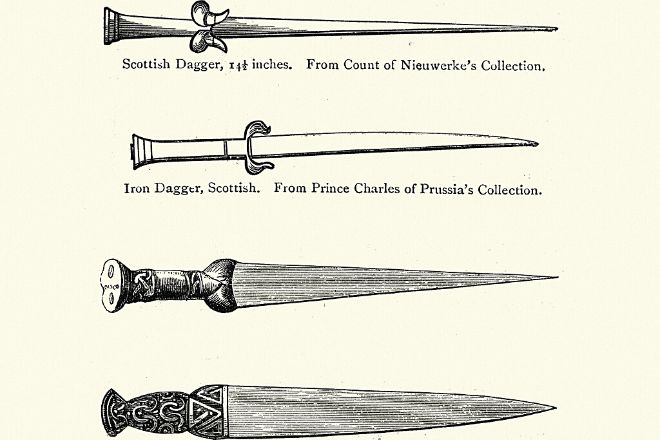
Credit: blog.scottishkiltshop.com
Comparing Dirks And Daggers
Dirks and daggers have long been staple weapons in history. Both have distinct features and uses. This section explores the key differences and similarities between these two fascinating weapons.
Key Differences
Dirks are traditional Scottish weapons. They have long, single-edged blades. These blades often measure around 12 inches. The design is perfect for thrusting. Daggers, on the other hand, are short, double-edged blades. They are designed for stabbing. Daggers are usually shorter than dirks. Their blades measure between 6 to 12 inches.
Dirks often have ornate handles. These handles are made from wood or bone. They can feature intricate designs. Daggers typically have simpler handles. They focus on practicality over decoration.
Dirks were used by Highland Scots. They were part of their traditional dress. Daggers were used by various cultures. They served as secondary weapons in battle.
Similarities
Both dirks and daggers are piercing weapons. They share a common purpose. Both are designed for close combat.
Both weapons are easy to conceal. They are lightweight. This makes them ideal for quick, stealthy attacks.
Dirks and daggers also share a rich history. Both have been used for centuries. They have left their mark on many cultures and eras.
Comparative Table
| Feature | Dirk | Dagger |
|---|---|---|
| Blade Type | Single-edged | Double-edged |
| Blade Length | 12 inches | 6-12 inches |
| Handle Design | Ornate | Simple |
| Primary Use | Thrusting | Stabbing |
| Cultural Origin | Scottish | Various |
Modern-day Relevance
In today’s world, the Dirk and Dagger hold a unique place. They are not just historical artifacts but have modern-day significance. Their roles have evolved over time, reflecting changes in society and culture.
Collecting And Display
Many enthusiasts collect Dirks and Daggers for their historical value. These items often serve as decorative pieces in homes and offices. Collectors appreciate the craftsmanship and design of these blades. They often display them in cases or on walls.
The market for antique Dirks and Daggers is robust. Collectors seek rare pieces with unique histories. Auctions and specialty stores cater to this interest. Online platforms also provide a space for buying and selling these items.
Here is a comparison of Dirk and Dagger features for collectors:
| Feature | Dirk | Dagger |
|---|---|---|
| Blade Length | Longer | Shorter |
| Design | Simpler | Ornate |
| Use | Naval | Combat |
Contemporary Use
Today, Dirks and Daggers have practical uses. They are popular in martial arts and reenactments. Enthusiasts use them for self-defense and training. These blades also feature in cosplay and movie productions.
In martial arts, instructors use Dirks and Daggers for demonstrations. They teach students about historical fighting techniques. This helps preserve traditional skills and knowledge.
Reenactment groups often use Dirks and Daggers in historical battles. This adds realism and authenticity to their performances. It also educates the public about history and culture.
Some people use modern versions of Dirks and Daggers for everyday carry. These blades are compact and easy to handle. They provide a sense of security and confidence.
Choosing The Right Blade
Choosing between a dirk and a dagger can be challenging. Both have unique qualities. The right choice depends on your needs and preferences. This guide will help you decide.
Factors To Consider
- Purpose: Consider what you need the blade for. A dirk is great for thrusting. A dagger is better for slashing.
- Length: Dirks are usually longer. Daggers are shorter and more compact.
- Weight: Dirks can be heavier. Daggers are lighter and easier to carry.
- Material: Both can be made from steel or other metals. The material affects durability and maintenance.
- Design: Dirk designs are often more ornate. Daggers can be simple or decorative.
Personal Preference
Your personal preference plays a big role in choosing the right blade. Here are some things to think about:
- Comfort: Hold both types of blades. See which one feels better in your hand.
- Style: Some people prefer the look of a dirk. Others like the sleek design of a dagger.
- Usage: Think about how often you will use the blade. Choose the one that best fits your lifestyle.
Remember, both dirks and daggers have their pros and cons. The best blade is the one that meets your needs and feels right for you.
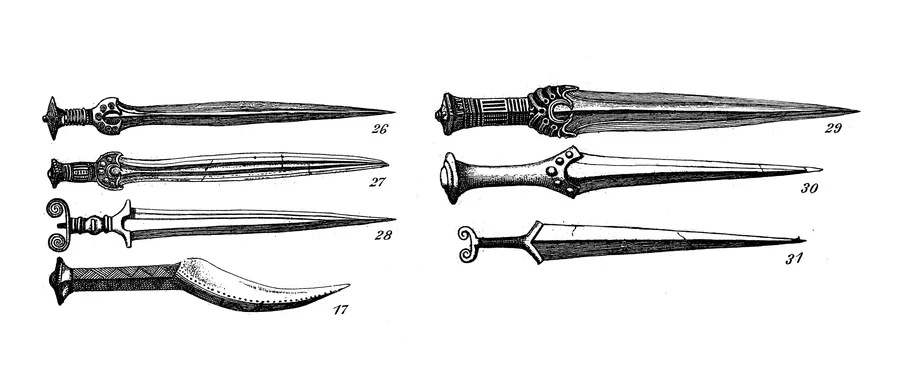
Credit: www.schmidtandclark.com
Frequently Asked Questions
What Is The Main Difference Between A Dirk And A Dagger?
A dirk is typically longer and used as a thrusting weapon. A dagger is shorter and designed for stabbing.
Are Dirks And Daggers Used In The Same Way?
No, dirks are usually used for thrusting, while daggers are primarily for stabbing and close combat.
Which Cultures Historically Used Dirks?
Dirks were prominently used by Scottish Highlanders and naval officers. They have a rich historical significance.
Are Dirks And Daggers Still Used Today?
Yes, both are used in modern ceremonial practices and historical reenactments. They are also collected as antiques.
Conclusion
In the end, choosing between a dirk and a dagger depends on your needs. Both offer unique benefits and serve different purposes. Dirks are great for history buffs and collectors. Daggers, with their sleek design, suit more practical uses. Each has its own charm and utility.
Consider your purpose and preference. This will guide your choice. Happy selecting!
